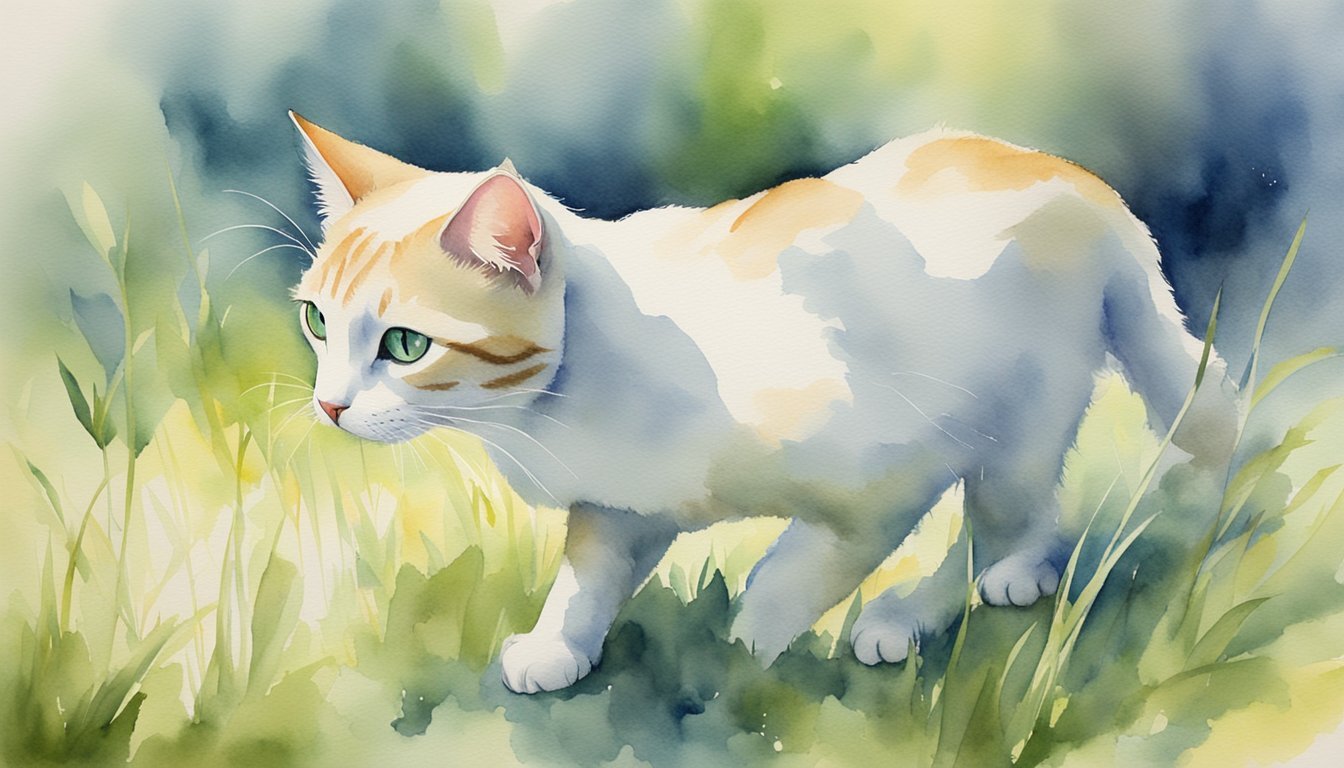Understanding Your Cat’s Licking and Biting Behavior
When a cat licks and then bites, it can be an expression of several behaviors from love to overstimulation. Deciphering these actions is crucial for understanding and strengthening the bond with your feline friend.
Decoding Cat Licks and Love Bites
Cats often use licking as part of their grooming behavior, which can extend to the people they feel close to. This licking is a sign of affection, bonding, and social grooming. Sometimes, this ritual progresses to a gentle bite, also known as a love bite, which is a behavior displayed among cats who are familiar and comfortable with each other.
From Affection to Overstimulation
Despite the affectionate roots of licking and biting, these behaviors can also indicate a change in a cat’s mood. Prolonged interaction can lead to overstimulation, where a cat may lick and then bite to express that they need a break from the play or petting session. Recognizing the shift from playfulness to agitation is important to prevent any miscommunication.
Interpreting Body Language and Biting
A cat’s body language provides insight into their emotional state. While a soft bite can be a sign of love, a more intense bite can be a response to discomfort or a request for space. Factors such as ear position, tail movement, and overall body posture can help determine if a bite is a part of grooming behavior or a sign of overstressed body language that should be acknowledged and respected.
By understanding these facets of cat behavior, cat owners can better communicate with their feline companions and respond appropriately to their needs and expressions of affection.
Managing and Responding to Biting and Licking

Cats can show affection through licking, but when it leads to biting, it’s essential to understand the underlying causes and respond appropriately. The following subsections will provide specific strategies for ensuring positive interactions with your cat during petting sessions, recognizing when behavioral issues may point to health concerns, and fostering a closer bond with your feline friend. One possible reason for this behavior is overstimulation, where a cat becomes too excited or agitated during petting. Monitoring your cat’s body language, such as tail flicking or ear flattening, can help prevent unwanted biting and improve your interactions. Additionally, addressing potential discomfort from external factors, like flea infestations—after all, can fleas carry other fleas? —ensures your cat remains comfortable and relaxed during affectionate moments.
Tips for Safe and Positive Petting Sessions
For a safe petting session with a cat, attention to the cat’s body language is paramount. They often use licking as a form of communication or to mark their territory with pheromones. Gentle nibbles can be affectionate ‘love bites,’ but it’s important to stop petting before it escalates to aggressive biting. The instinct may kick in if they become overstimulated or frustrated, so watch for changes in behavior, such as tail flicking or flattening ears. Positive reinforcement, such as offering a treat or toy when they remain calm, can reinforce pleasurable experiences without aggression.
When Behavioral Issues Indicate Health Problems
A change in a cat’s behavior, like an increase in licking followed by aggression, can be a sign of health problems. Stress or anxiety may manifest through increased grooming and nibbling. If a cat exhibits sudden aggressive behavior, it’s crucial to consult a vet to rule out pain or health issues. Recognizing these signs early can prevent further stress and ensure the wellbeing of your feline family member.
Enhancing Bonding Time with Your Cat
Improving bonding time goes hand in hand with managing a cat’s instinctual behaviors. Understanding that cats communicate and express their affection through a combination of behaviors, including licking and gentle biting, can enhance the bonding experience. Traits like purring or kneading signal contentment, while licking and then biting may be a cat’s way of signaling they want more or less attention. Following a cat’s cues for when to start and stop petting can lead to more harmonious interactions. Providing a cat with toys that tap into their predatory instincts can also offer an alternative outlet for their energy.

